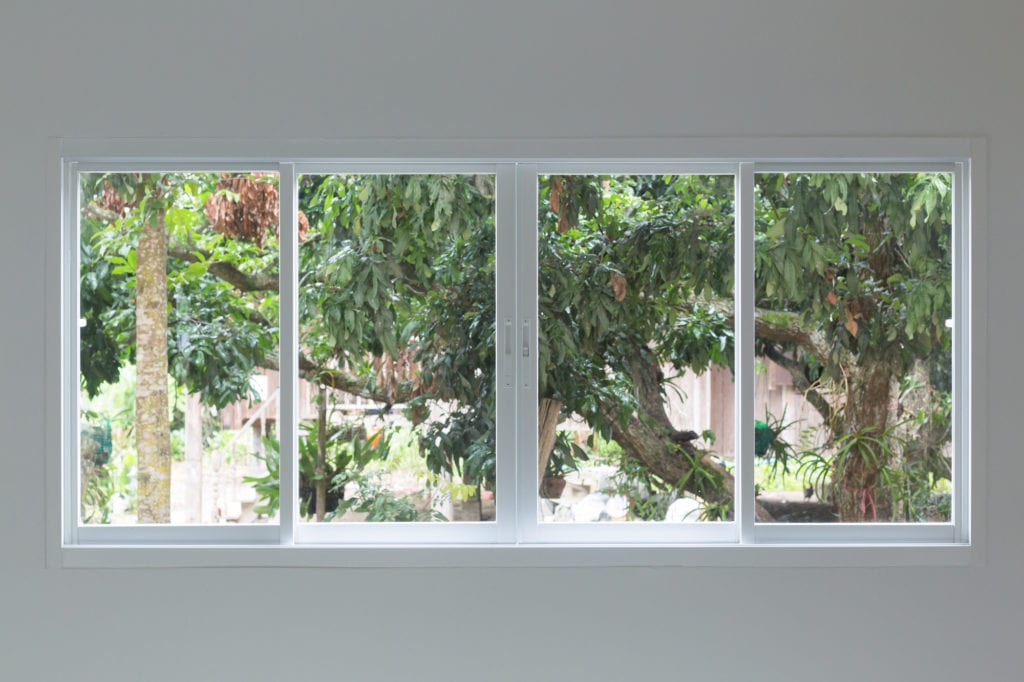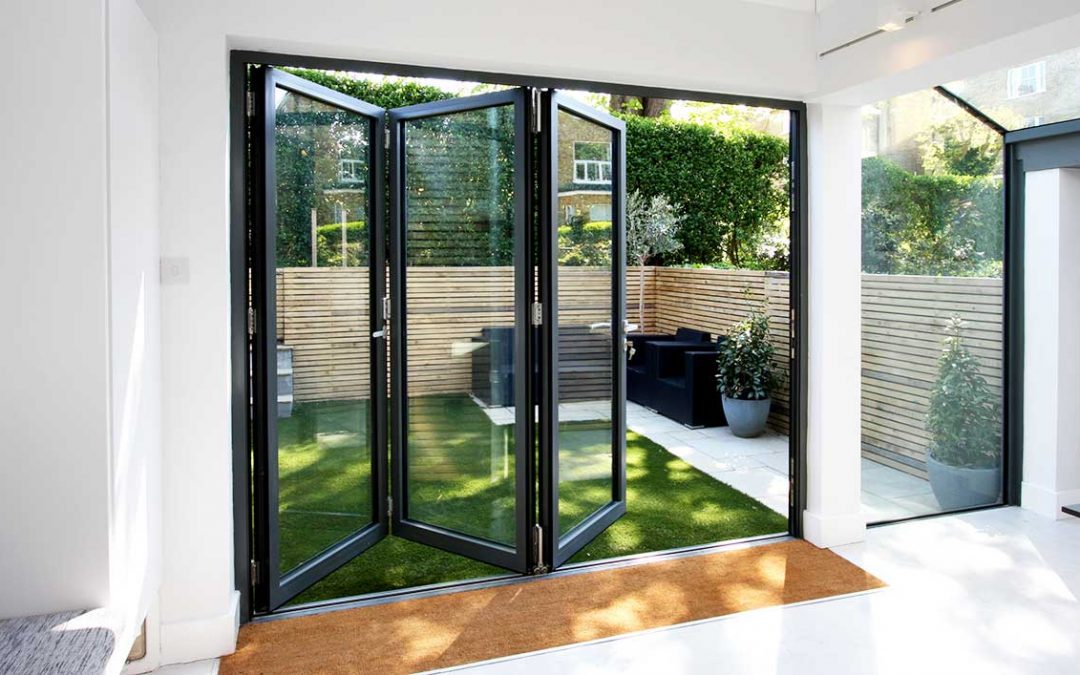All Categories
Featured
Table of Contents
What Are The Benefits Of Double Glazed Windows? in Two Rocks Perth
Laminated glass is frequently used in areas in the home most susceptible to injury from human impact such as restrooms, doors, around staircases and in areas near the floor (it satisfies the requirements of 'shatterproof glass' that is mandated for usage in these areas by Australian Basic AS 1288 Glass in buildings).
Toughened glass has actually been 'tempered' by being reheated and quickly cooled again. This process makes it much more powerful than standard glass it can resist greater impact loads before breaking. It likewise makes it more secure due to the fact that, when it does shatter, it gets into numerous little cubic pieces instead of dangerous shards.
What Is Double Glazing Windows And Doors? in Gooseberry Hill Western Australia
However, toughened glass has no thermal or acoustic benefits over other glass of the same toning or density. Secondary glazing is where single-glazed windows are retrofitted with a transparent acrylic or glass sheet connected to the inside of the frame or openable sash with a secondary frame or with magnetic strips.


Secondary glazing will not perform also thermally as a made IGU, considering that it is impossible to completely seal the border, however it can provide good sound control. Window films are a thin polymer film consisting of an absorbing dye or reflective metal layer, with an adhesive support. They adhere to your glazing to alter its colour or make it reflective.
Glass & Glazing - Easy Windows Upvc Double & Triple ... in Inglewood Western Australia
Applied to existing glass, some window films can halve the overall SHGC of the window by soaking up and/or showing solar radiation. This can be particularly useful in hotter climates where cooling is the primary issue, or on east and west elevations straight exposed to long durations of sunlight. Window movies may also minimize noticeable light transmittance.

For this factor, it is normally best to utilize a certified installer of window movie. Frames have a significant effect on the thermal efficiency of windows and doors, because energy can be gotten and lost through the frame, in addition to through the glass. Various kinds of frame will enable different levels of heat gain and loss, so careful option of frame is necessary for reliable passive design.
What Is The Best Glazing For My Home? - Part 2 in Lynwood WA
Aluminium is likewise an extremely good conductor of heat and will decrease the insulating worth of a glazing system, unless particularly engineered to lower this. A 'thermally broken' frame is made up of 2 aluminium areas connected by a structural insulator (normally a low-conductivity structural polymer). This 'breaks' the thermal connection through the aluminium and decreases the heat streaming through the frame.
They can be costly, however costs are decreasing as they become more common. Wood frames are an excellent natural insulator that can fit some home styles. Wood frames must be made from types that have naturally high durability or be treated to avoid decay and contortion. Examine that the lumber is sourced from a sustainably handled forest.
Benefits Of Double Glazing Low-e in Helena Valley WA
This can result in gaps that enable air seepage unless excellent draught sealing (weather removing) is set up. u, PVC is a form of plastic (unplasticised polyvinyl chloride, also known as rigid PVC). u, PVC frames offer excellent thermal performance, often better than timber or thermally broken aluminium. u, PVC is long lasting and requires extremely little maintenance, and can be moulded into complex profiles that supply excellent air seals.
u, PVC doors and windows have excellent thermal efficiency Picture: Ben Wrigley (Light House Architecture and Science) Composite frames use aluminium profiles on the outer areas with either a timber or u, PVC inner section. These combine the low upkeep and sturdiness of aluminium with much enhanced thermal efficiency.
Latest Posts
Secondary Glazing: A Buyers Guide in Bibra Lake WA
Double Glazing in Swan View WA
Double Glazed Windows In The Summer in Myaree Western Australia